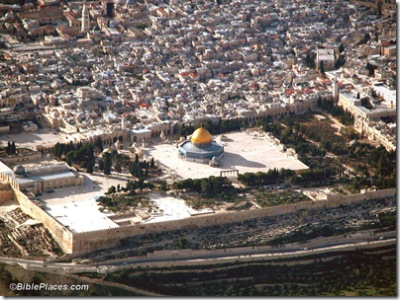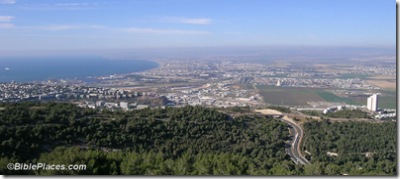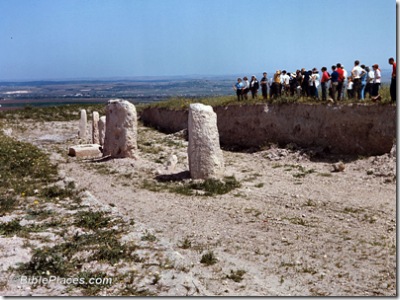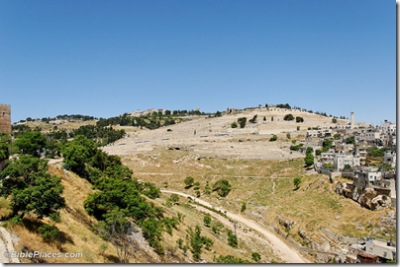Leen Ritmeyer has posted his thoughts on exactly what wall has been uncovered in the illegal excavations. Most scholars of his caliber wouldn’t take the time to explain things so clearly for us mere mortals. Thank you, Leen. Read it here. Arutz-7 gives the take of another archaeologist on what has been revealed:
Gideon Charlap, a top Jerusalem architect and Temple Mount expert, told Arutz-7 what he saw when he visited the Temple Mount on Tuesday: “The Arabs there are digging a deep north-to-south trench, up to a meter [1.1 yards] deep. It is being dug in the area that served during Holy Temple times as the Ezrat Nashim [the area known as the Women’s Courtyard, though it was not reserved only for women -ed.]. The trench passes through three east-to-west walls, according to my calculations – walls that probably served as separations for the Temple’s offices and the like. This means that the destruction is tremendous…”
The award for the Joke of the Day goes to Mufti Mohammed Hussein, the top Muslim cleric in Jerusalem. “We don’t harm the antiquities, we are the ones who are taking care of the antiquities, unlike others who destroy them,” he said. Jerusalem archaeologist Eilat Mazar:
“No other country in the world would allow such grave damage to its most precious archaeological treasures,” Mazar said.
I wonder if there are any parallels to this situation. What other country would not be screaming bloody murder at such a situation? Dr. Eilat Mazar:
Anyone can realize that remnants of both the First and Second Temples are there, and can guess what damage is being done by the tractor. The most precious findings are just rolling around there and are available to be found – and instead they have a tractor there! If I would try to work with a tractor at one of my digs, the Antiquities Authority would stop me immediately! With a tractor, it’s impossible to make any type of careful examination of the earth and pieces being dug up.
Imagine if Ben-Tor brought a tractor to speed things up at Hazor, or if Maeir used one at Gath. Can you not imagine that the IAA would shut the dig down in seconds? But not here, at the most important archaeological site in the country. And why not? Politics. It’s much easier to sacrifice thousands of years of history for the sake of a few minutes of peace. This would all be so much simpler if we took the viewpoint of Palestinian worshipper Ismael Ramadan.
“I grew up and I see [with] my eyes and I see this is [a] mosque. I don’t see [a] temple,” he said. Like many Palestinians, he believes the temples never existed. “It’s not true,” he said. “No Temple.”
Gabriel Barkay has been sifting debris from the last major illegal excavation on the Temple Mount, and some of the discoveries were announced yesterday at the eighth annual City of David archaeological conference.
The project, now in its third year, entails scrutinizing truckloads of earth removed by the Waqf in 1999. Among the ancient finds were numerous stone tiles intended for flooring, some of which have been identified as designed for use in the Roman-era mosaic work known as opus sectile, in which colorful tiles were cut into shapes and fitted into geometric patterns. “The discovery of stone tiles used in opus sectile flooring in [earth from] the Temple Mount is one of the most important discoveries of the dirt-sifting work,” Barkai said, “and it might aid in reconstructing the appearance and character of the Temple’s outer courtyard.”



